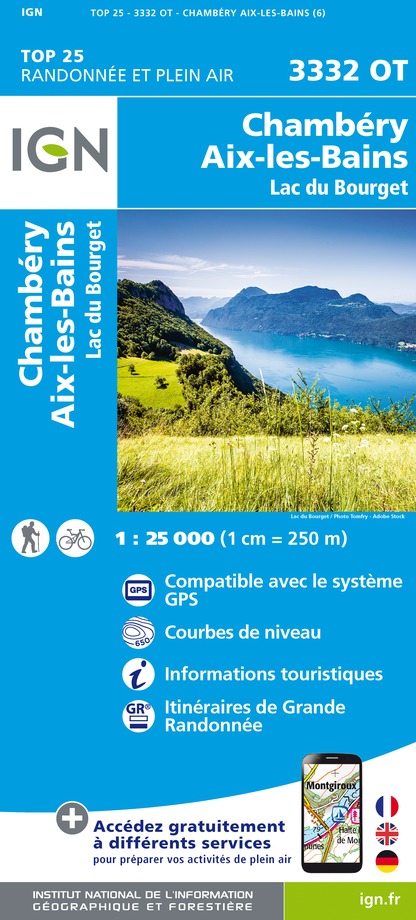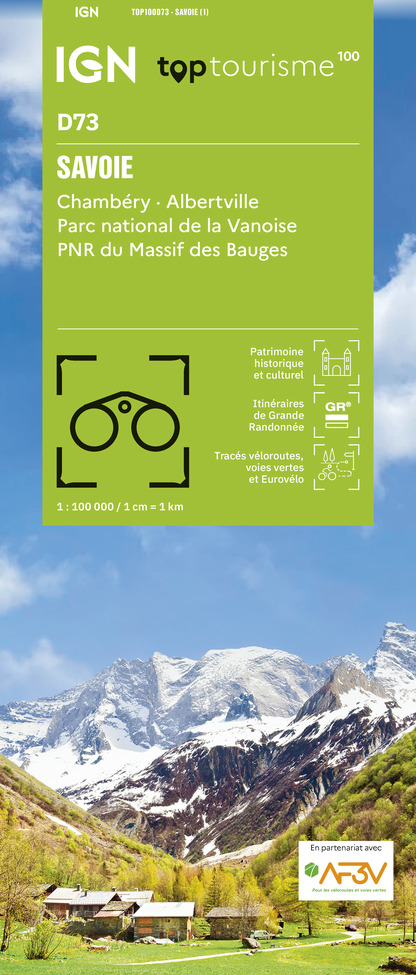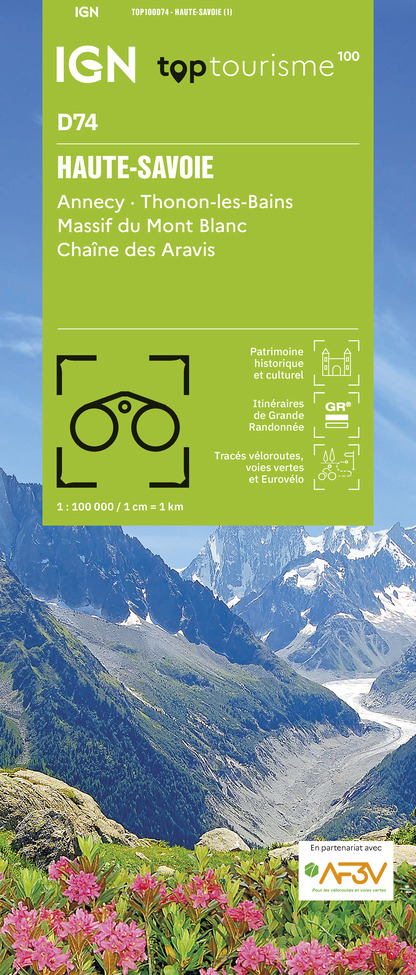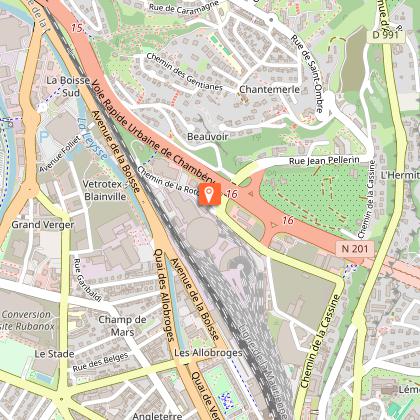Tours
Activities
Places of interest
Where to eat
Where to sleep
Le bourget-du-lac, Savoie, Rhône-Alpes
Are you in charge of the destination?Nestled in the heart of Savoie in the Rhône-Alpes region, Le Bourget-du-Lac is an idyllic destination for nature lovers and history enthusiasts. Situated on the shores of the stunning Lac du Bourget, the largest natural lake in France, this picturesque village offers a captivating setting with breathtaking landscapes. Visitors can explore an array of water activities, from sailing to paddle boardi...See more
Walking around Le bourget-du-lac
See more suggestionsHiking trails in the Le bourget-du-lac area.
See more suggestionsWhat to do in Le bourget-du-lac
See more suggestionsActivities for all tastes await you in Le bourget-du-lac, book them today.
See more suggestionsIGN cards

3332OT - CHAMBERY AIX-LES-BAINS LAC DU BOURGET
Editor : IGN
Collection : TOP 25 ET SÉRIE BLEUE
Scale : 1:25 000
13.90€

TOP75032 - CHAINE DES ARAVIS - MASSIF DES BAUGES
Editor : IGN
Collection : TOP 75
Scale : 1:75 000
9.80€

VEL11 - LAC D'ANNECY ET LAC DU BOURGET A VELO
Editor : IGN
Collection : DECOUVERTE A VELO
Scale : 1:35 000
9.10€

TOP100D73 - SAVOIE CHAMBÉRY ALBERTVILLE PARC NATIONAL DE LA VANOISE PNR DU MASSIF DES BAUGES
Editor : IGN
Collection : TOP 100
Scale : 1:100 000
8.40€

TOP100D74 - HAUTE-SAVOIE ANNECY THONON-LES-BAINS MASSIF DU MONT BLANC CHAÎNE DES ARAVIS
Editor : IGN
Collection : TOP 100
Scale : 1:100 000
8.40€

TOP100D01 - AIN BOURG-EN-BRESSE AMBÉRIEU-EN-BUGEY PAYS DE GEX
Editor : IGN
Collection : TOP 100
Scale : 1:100 000
8.40€

202 JURA ALPES DU NORD
Editor : IGN
Collection : TOP 200
Scale : 1:200 000
6.80€

D38 ISÈRE
Editor : IGN
Collection : CARTES DÉPARTEMENTALES IGN
Scale : 1:150 000
5.90€

D01-69 AIN RHÔNE
Editor : IGN
Collection : CARTES DÉPARTEMENTALES IGN
Scale : 1:150 000
5.90€

NR15 AUVERGNE-RHÔNE-ALPES RECTO/VERSO MASSIF ALPIN
Editor : IGN
Collection : CARTES RÉGIONALES IGN
Scale : 1:250 000
6.80€

NR14 AUVERGNE-RHÔNE-ALPES RECTO/VERSO MASSIF CENTRAL
Editor : IGN
Collection : CARTES RÉGIONALES IGN
Scale : 1:250 000
6.80€

EUROPE
Editor : IGN
Collection : DÉCOUVERTE DES PAYS DU MONDE IGN
Scale : 1:2 500 000
7.00€
What to visit in Le bourget-du-lac
See more suggestionsAttend events organized in Le bourget-du-lac.
See more suggestionsWhere to eat in Le bourget-du-lac
See more suggestionsDiscover the culinary diversity of Le bourget-du-lac.
See more suggestionsWhere to sleep in Le bourget-du-lac
See more suggestionsDiscover popular accommodations in Le bourget-du-lac.
See more suggestions













































